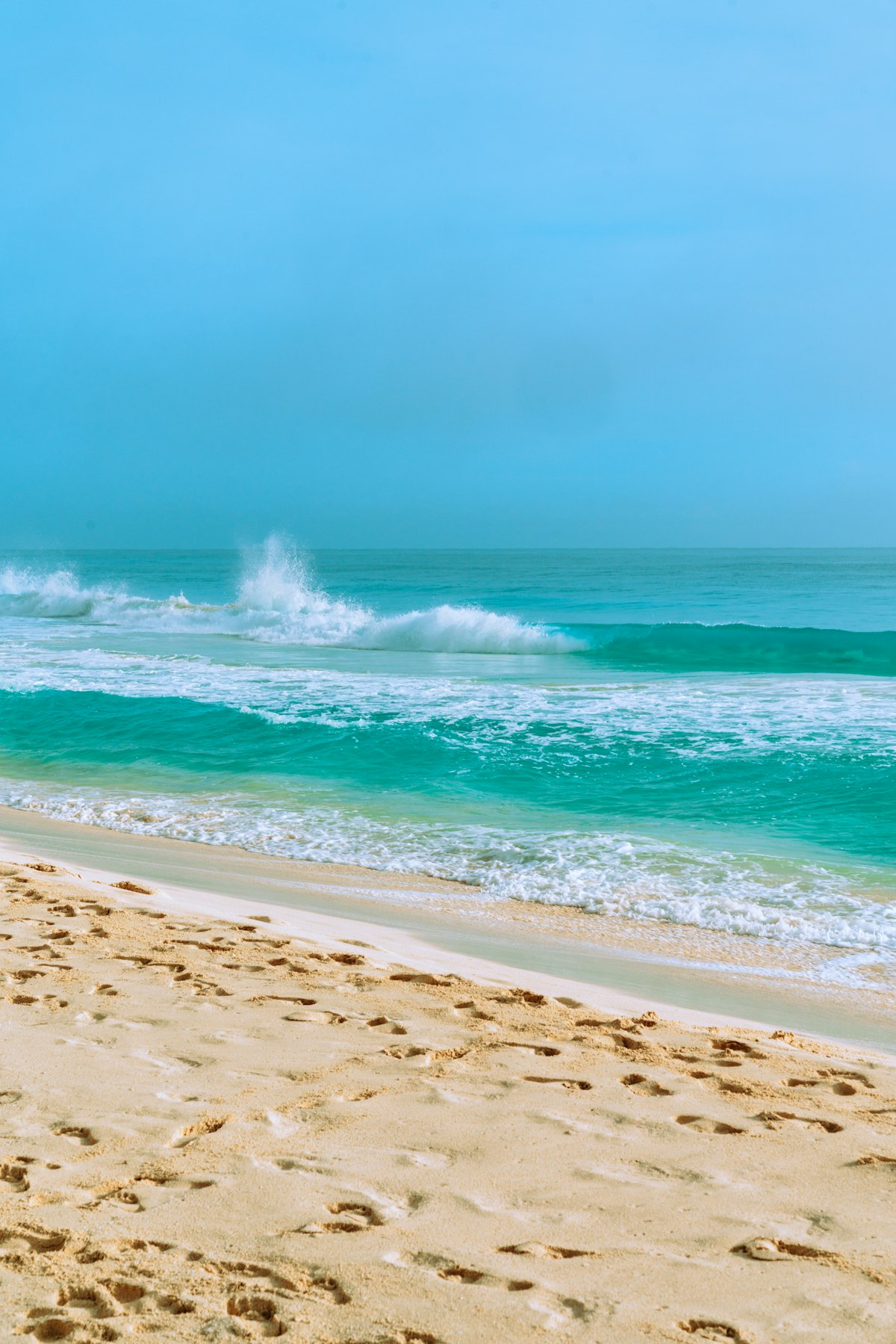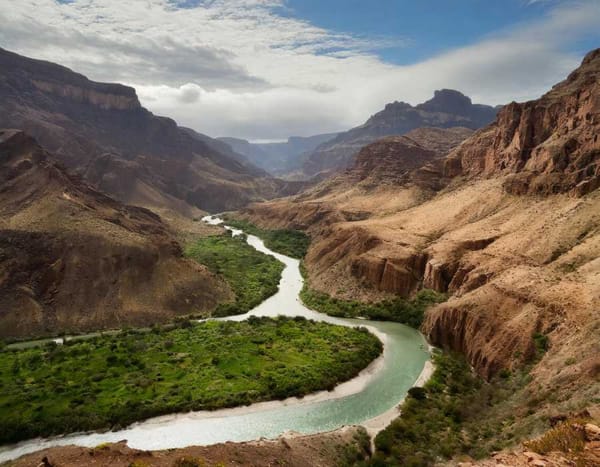Cancun alert, it could become Acapulco
Organized crime, the sale of drugs, corruption, bad strategies to combat insecurity ended up sinking the port and, if something is not done there, Cancun and the Mayan Riviera could go.

The magazines, the hotels, and other businesses congratulated themselves for years of the visits of celebrities to Acapulco, as now in Cancun and the Riviera Maya by Justin Bieber or Michelle Rodriguez, by Michael Douglas, Catherine Zeta-Jones, Leonardo di Caprio or Sofia Vergara.
For four decades of the last century (from the 60 to the 90) in the port of Acapulco, some of the most glamourous and important events were celebrated. There the actress Elizabeth Taylor married for the umpteenth time; Brigitte Bardot, the French film diva, celebrated her fourth honeymoon; there, US President John F. Kennedy and many others escaped to rest until organized crime sent arrived.
Acapulco little by little became a feast of red notes among beheaded, shootings, and murders until becoming one of the most dangerous cities in the world; the famous stopped visiting; investors sold properties and tourists became merely domestic because the internationals moved southeast.
"Organized crime, the sale of drugs, corruption, bad strategies to combat insecurity ended up sinking the port and, if something is not done there, Cancun and the Mayan Riviera could go," said José Fernández Santillán, the analyst of the Technological Institute and Superior Studies of Monterrey.
"Countries will begin to send alerts because there have already been some tourists killed in the dens, in the streets."
In the last hours, an armed commando arrived at a house in Cancun where young people were holding a party and shot at close range. Seven people died and followed another 21 over the weekend in a wave of violence that is growing every day in the last year: according to the National Public Security Commission in 2018 were counted 688 violent murders: 600% more than the year preceding.
The government of the state of Quintana Roo recognized in early January (for the first time publicly) that it is a "cartel fight" for the drug trade: the Jalisco New Generation cartel, the Sinaloa cartel, the Gulf, and the Zetas. Other related crimes such as femicides and some extortion are added to the violent murders in the middle of popularity that, although it does not reach the tourist attraction numbers those in 2017, it still achieved the record of 16.9 million visitors.
The new federal government has not yet given guidelines on a specific strategy for resorts. For now, it has focused on the creation of the National Guard that will replace the Federal Police integrated by the military for the fight against insecurity. The mayor of the municipality of Benito Juárez, where the port is located, announced that, meanwhile, will submit the police officers to the State Single Command to report to the authorities of Quintana Roo.
For analysts like Martín Barrón, of the Institute of Criminal Sciences (Inacipe), the worst bet that can be done to combat insecurity is only to stop the leaders of criminal organizations. "On the contrary, it is what has caused is multiplication."
In Acapulco, the cartel founded by the Beltrán Leyva brothers -Arturo, Héctor, Alfredo, and Carlos-, the main culprit of the fall of Acapulco, was split up and turned into cells that are still in check not only to the port but to a large part of the city. "The fight against illicit finances is key, especially in places where money can be laundered more easily, such as tourist centers," he said.




